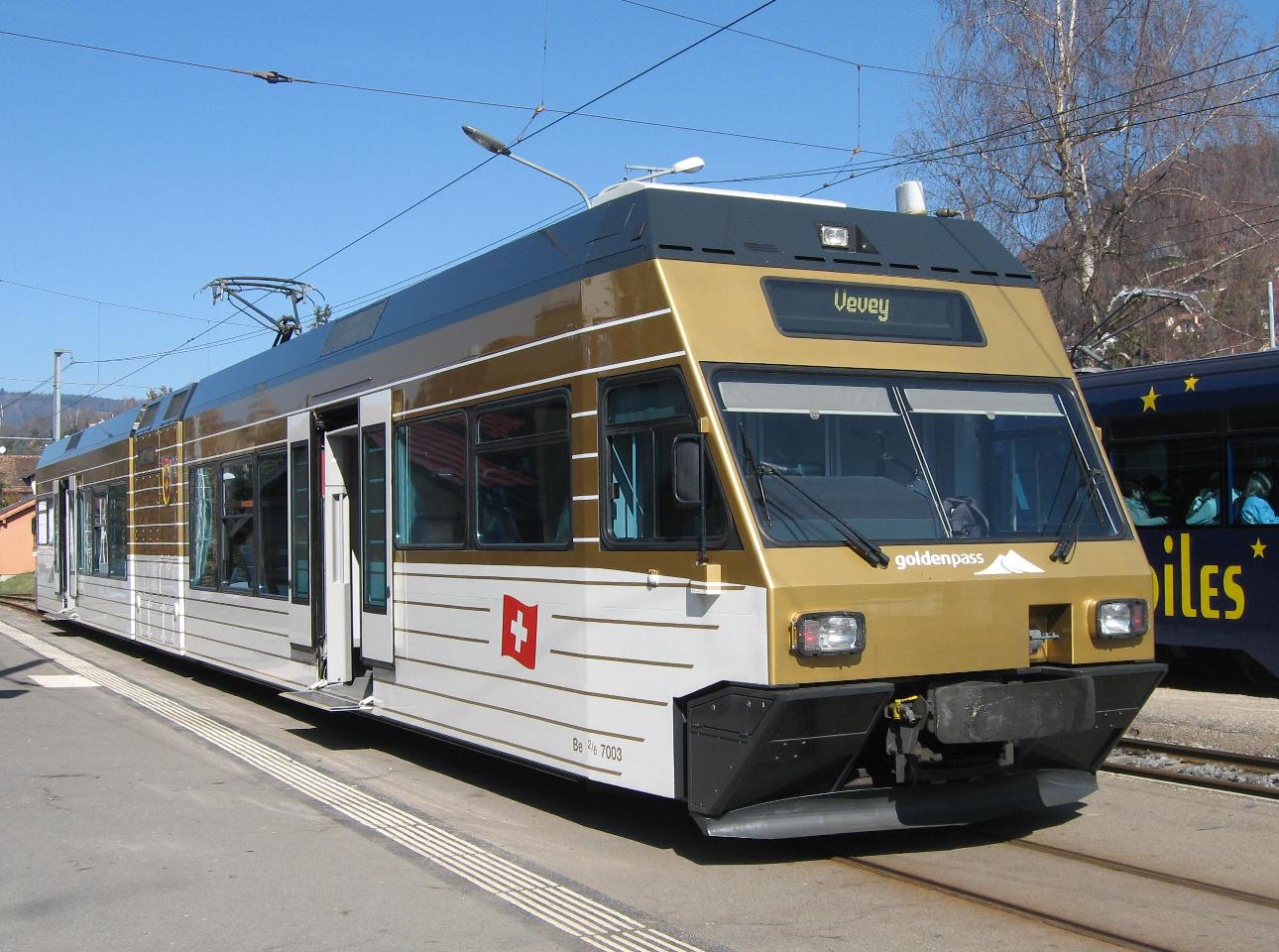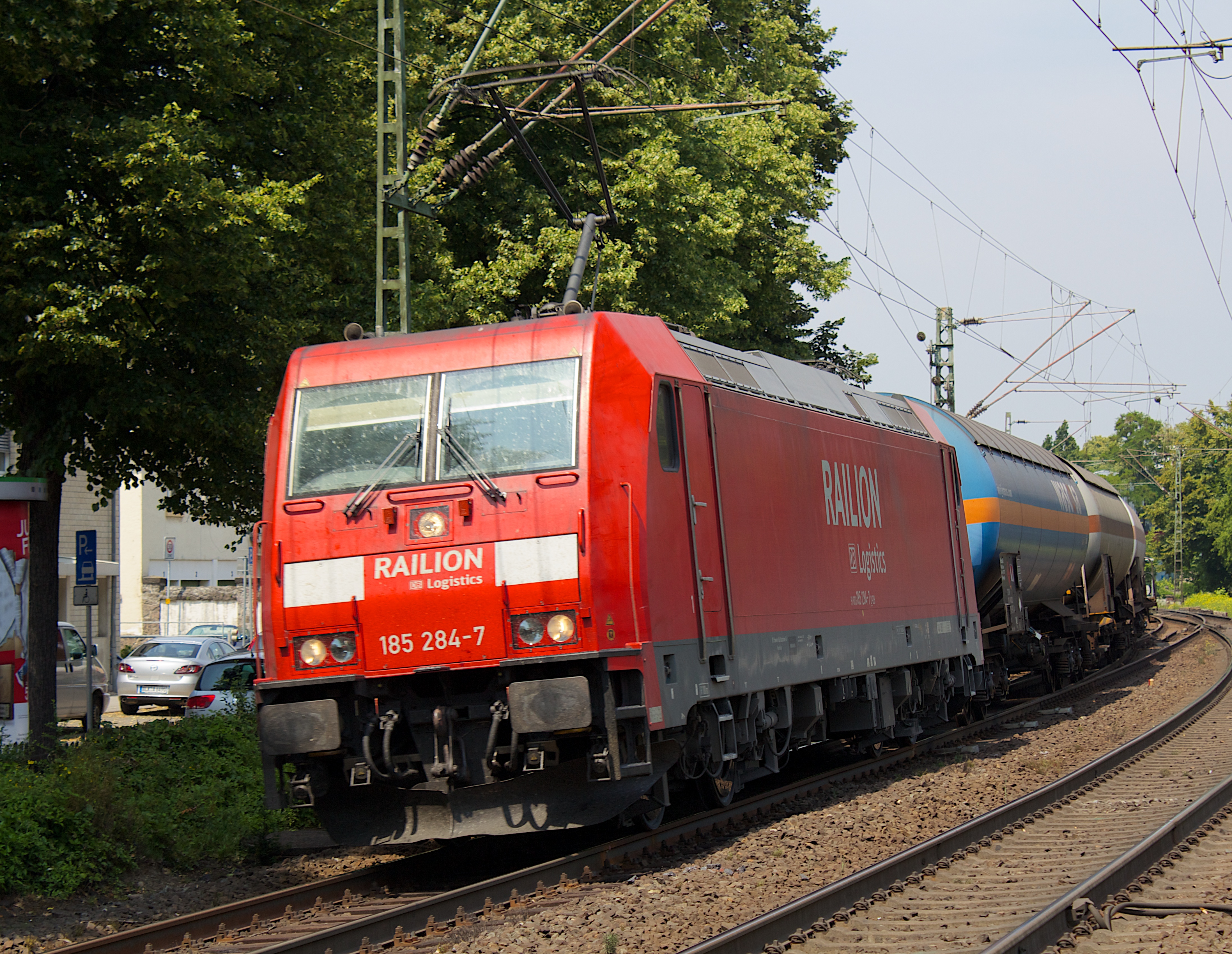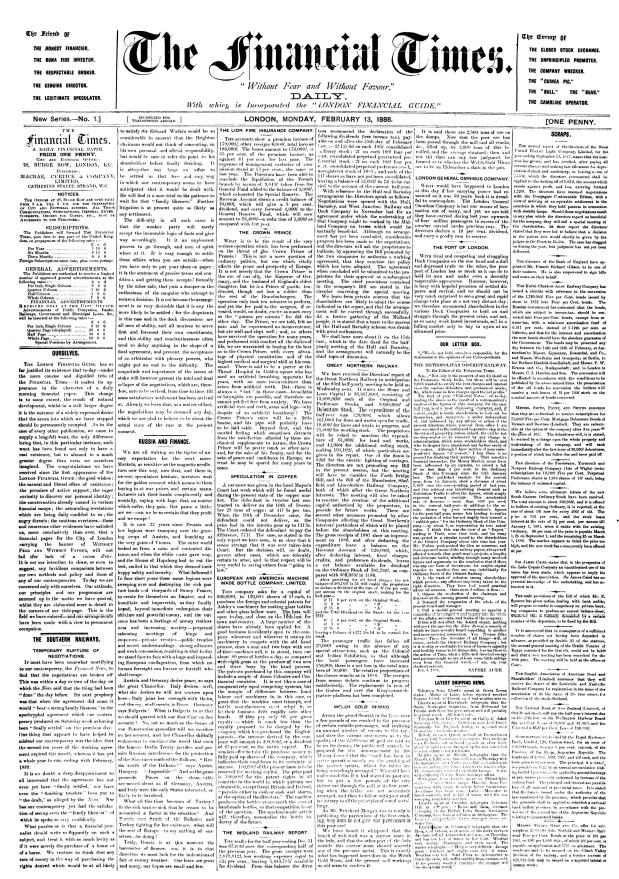|
Macquarie European Rail
Macquarie European Rail (formerly ''Lloyds TSB General Leasing'') is a rolling stock company (ROSCO). It is presently owned by the French railway leasing entity Akiem. Founded as Lloyds TSB General Leasing as a subsidiary of Lloyds Banking Group in January 2009, early financing arrangements involved the Class 379 electric multiple units (EMUs) and Class 70 heavy freight locomotives. The venture also expanded into the continent European rail leasing market. In November 2012, Lloyds opted to sell its rail leasing arm to the financial services specialist Macquarie Group. During February 2020, it was announced that Macquarie European Rail was to be sold to another leading organisation, Akiem, the deal was completed two months later. History Macquarie European Rail was originally created as ''Lloyds TSB General Leasing'' in January 2009 by the Lloyds Banking Group to operate in Britain's rolling stock leasing market. Prior to deciding to form its own subsidiary focused on the sector ... [...More Info...] [...Related Items...] OR: [Wikipedia] [Google] [Baidu] |
Macquarie Group
Macquarie Group Limited () is an Australian global financial services group. Headquartered and listed in Australia (), Macquarie employs more than 17,000 staff in 33 markets, is the world's largest infrastructure asset manager and Australia's top ranked mergers and acquisitions adviser, with more than A$737 billion in assets under management. History 1969–1979 Macquarie was founded on 10 December 1969 as Hill Samuel Australia Limited, a subsidiary of the UK's Hill Samuel & Co. Limited. Australian businessman Stan Owens compiled a proposal for Hill Samuel & Co. to establish an Australian subsidiary. After presenting his report in London, Mr Owens was offered the role of implementing it. He became Executive Chairman of Hill Samuel Australia (HSA) and founded the company from offices at Gold Fields House in Sydney's Circular Quay. The company's first three employees were Stan Owens, Blair Hesketh and Geoff Hobson. Later Chris Castleman (on loan from the British parent) an ... [...More Info...] [...Related Items...] OR: [Wikipedia] [Google] [Baidu] |
Department For Transport
The Department for Transport (DfT) is a department of His Majesty's Government responsible for the English transport network and a limited number of transport matters in Scotland, Wales and Northern Ireland that have not been devolved. The department is run by the Secretary of State for Transport, currently (since 25 October 2022) Mark Harper. The expenditure, administration and policy of the Department for Transport are scrutinised by the Transport Committee. History The Ministry of Transport was established by the Ministry of Transport Act 1919 which provided for the transfer to the new ministry of powers and duties of any government department in respect of railways, light railways, tramways, canals and inland waterways, roads, bridges and ferries, and vehicles and traffic thereon, harbours, docks and piers. In September 1919, all the powers of the Road Board, the Ministry of Health, and the Board of Trade in respect of transport, were transferred to the new ministry. ... [...More Info...] [...Related Items...] OR: [Wikipedia] [Google] [Baidu] |
Railway Companies Established In 2009
Rail transport (also known as train transport) is a means of transport that transfers passengers and goods on wheeled vehicles running on rails, which are incorporated in tracks. In contrast to road transport, where the vehicles run on a prepared flat surface, rail vehicles (rolling stock) are directionally guided by the tracks on which they run. Tracks usually consist of steel rails, installed on sleepers (ties) set in ballast, on which the rolling stock, usually fitted with metal wheels, moves. Other variations are also possible, such as "slab track", in which the rails are fastened to a concrete foundation resting on a prepared subsurface. Rolling stock in a rail transport system generally encounters lower frictional resistance than rubber-tyred road vehicles, so passenger and freight cars (carriages and wagons) can be coupled into longer trains. The operation is carried out by a railway company, providing transport between train stations or freight customer facili ... [...More Info...] [...Related Items...] OR: [Wikipedia] [Google] [Baidu] |
Stadler GTW
The Stadler GTW is an articulated railcar for local transport made by Stadler Rail of Switzerland. GTW stands for Gelenktriebwagen (articulated railcar). History The Biel–Täuffelen–Ins-Bahn near Bern, Switzerland was looking for a lighter train model to replace its aging fleet, so that a low floor system does not require heavy installations on the roof. Based on that requirement Stadler came up with a concept of placing most of the equipment in a central unit between the seating cars. While the BTI-Bahn tracks are meter gauge, Stadler presented the first prototype in 1995 set on standard gauge rails, and the Mittelthurgau-Bahn tested three prototypes on its standard gauge network during 1996. The rolling stock for Mittelthurgau was later expanded to 10 GTW 2/6 (built 1998–1999) that are now part of the THURBO fleet (the three prototypes were sold to Italy). The next lots were produced in meter gauge, and were delivered to the BTI-Bahn and the CEV-Bahn (Chemins de fer éle ... [...More Info...] [...Related Items...] OR: [Wikipedia] [Google] [Baidu] |
PKP Class ST40
PKP Class ST40 is a new class of cargo diesel-electric locomotives used by the PKP LHS broad-gauge division and various Polish private operators, designated 311D (standard gauge) or 311Da (broad gauge) by its manufacturer, Newag. The class is a heavily reconstructed Russian M62 (PKP ST44), using only the underframe. The body is new, the main engine is a General Electric GE 7FDL12. Original engines were also modernised, as ED118 A GE. The class is much more economical and modern than a basic M62. The body has external walkways instead of an internal passage connecting the cabs. The first locomotive was modernised in 2007. As of January 2009, there were 20 class 311D completed (15 for PCC Rail and five for the Baltic Railways) and six 311Da for PKP LHS, where they are designated ST40. Specification The locomotive is a modernisation of the popular Soviet locomotive M62 (ST44), which can be noticed by the chassis structure and carriages. The drive unit has been completely changed b ... [...More Info...] [...Related Items...] OR: [Wikipedia] [Google] [Baidu] |
Alstom Prima
Prima is a family of railway diesel and electric locomotives built by Alstom. During the late 1990s, manufacture of the type had commenced; by 2008, Alstom had reportedly sold 1,750 Prima locomotives. In 2009, the second generation Prima II was launched. During 2013, the Prima H3 diesel/battery hybrid locomotive was launched. First generation During 1998, the French national railway operator, SNCF, placed a large order with train manufacturer Alstom for 120 electric locomotives, which was later on increased to 240, to perform both domestic and international freight services. The company decided to develop a new modular platform that would accommodate the requirements not only of the existing SNCF order, but to also comply with European interoperability standards, as well as a high degree of flexibility as to meet the divergent needs of different operators, potentially increasing the type's international appeal. In this manner, the SNCF order can be attributed with the extension ... [...More Info...] [...Related Items...] OR: [Wikipedia] [Google] [Baidu] |
Bombardier Traxx
Alstom Traxx (sold as Bombardier TRAXX before 2021) is a modular product platform of mainline diesel-electric and electric locomotives produced originally by Bombardier Transportation and later Alstom, which was built in both freight and passenger variants. The first version was a dual-voltage AC locomotive built for German railways from the year 2000. Later types included DC versions, as well as quadruple-voltage machines, able to operate on most European electrification schemes: 1.5/3.0 kV DC and 15/25 kV AC. The family was expanded in 2006 to include diesel-powered versions. Elements common to all variants include steel bodyshells, two bogies with two powered axles each, three-phase asynchronous induction motors, cooling exhausts on the roof edges, and wheel disc brakes. The TRAXX brand name itself was introduced in 2003. The acronym stands for ''Transnational Railway Applications with eXtreme fleXibility''. Locomotives were primarily made for the railways of Germany, with o ... [...More Info...] [...Related Items...] OR: [Wikipedia] [Google] [Baidu] |
British Rail Class 66
The Class 66 is a type of six-axle diesel-electric freight locomotive developed in part from the , for use on the railways of the UK. Since its introduction the class has been successful and has been sold to British and other European railway companies. In Continental Europe it is marketed as the EMD Class 66 (JT42CWR). History Background On the privatisation of British Rail's freight operations in 1996, Wisconsin Central Transportation Systems under the control of Ed Burkhardt bought a number of the newly privatised rail freight companies: Transrail Freight, Mainline Freight, Loadhaul, and later, Railfreight Distribution and Rail Express Systems; thus controlling 93% of UK rail freight. After a public relations exercise involving the input of the general public, the company was named English Welsh & Scottish Railway (EWS). EWS inherited a fleet of 1,600, mainly diesel, locomotives, with an average age of over 30 years; 300 had been cannibalised for spares. Typical of the fle ... [...More Info...] [...Related Items...] OR: [Wikipedia] [Google] [Baidu] |
Greater Anglia (train Operating Company)
Greater Anglia (legal name Abellio East Anglia Limited) is a train operating company in Great Britain owned as a joint venture by Abellio, the international arm of the state-owned Dutch national rail operator Nederlandse Spoorwegen, and the Japanese trading company Mitsui & Co. It operates the East Anglia franchise, providing the commuter and intercity services from its Central London terminus at London Liverpool Street to Essex, Suffolk, Norfolk and parts of Hertfordshire and Cambridgeshire as well as many regional services throughout the East of England. Abellio began operating the franchise, then known as the Greater Anglia franchise, in February 2012. Initially, it traded under the same name until it rebranded as Abellio Greater Anglia in December 2013. Shortly after taking over operations, the company initiated a series of projects to improve service levels, including the procurement of new trains and the launch of the 'Norwich in 90' programme to reduce travel times ... [...More Info...] [...Related Items...] OR: [Wikipedia] [Google] [Baidu] |
Financial Times
The ''Financial Times'' (''FT'') is a British daily newspaper printed in broadsheet and published digitally that focuses on business and economic current affairs. Based in London, England, the paper is owned by a Japanese holding company, Nikkei, with core editorial offices across Britain, the United States and continental Europe. In July 2015, Pearson sold the publication to Nikkei for £844 million (US$1.32 billion) after owning it since 1957. In 2019, it reported one million paying subscriptions, three-quarters of which were digital subscriptions. The newspaper has a prominent focus on financial journalism and economic analysis over generalist reporting, drawing both criticism and acclaim. The daily sponsors an annual book award and publishes a " Person of the Year" feature. The paper was founded in January 1888 as the ''London Financial Guide'' before rebranding a month later as the ''Financial Times''. It was first circulated around metropolitan London by James Sherid ... [...More Info...] [...Related Items...] OR: [Wikipedia] [Google] [Baidu] |
379001 At Norwich 8 January 2011
Year 379 ( CCCLXXIX) was a common year starting on Tuesday (link will display the full calendar) of the Julian calendar. At the time, it was known as the Year of the Consulship of Ausonius and Hermogenianus (or, less frequently, year 1132 ''Ab urbe condita''). The denomination 379 for this year has been used since the early medieval period, when the Anno Domini calendar era became the prevalent method in Europe for naming years. Events By place Roman Empire * January 19 – Emperor Gratian elevates Flavius Theodosius at Sirmium, giving him the title ''Augustus'' with power over all the eastern provinces. Theodosius comes to terms with the Visigoths and settles them in the Balkans as military allies (''foederati''). * Gratian refuses the title of Eastern Emperor. * Gratian renounces the title '' Pontifex Maximus''. * Britain is forced to endure fierce Barbarian raids. Europe * Niall becomes High King of Ireland. Persia * King Shapur II, ruler of the Persian Emp ... [...More Info...] [...Related Items...] OR: [Wikipedia] [Google] [Baidu] |
Modern Railways
''Modern Railways'' is a British monthly magazine covering the rail transport industry which was published by Ian Allan until March 2012, and Key Publishing since then. It has been published since 1962. The magazine was originally based in Shepperton, Middlesex. It has always been targeted at both railway professionals and serious amateurs, an aim which derives from its origins as an amalgamation of the enthusiast magazine ''Trains Illustrated'' and the industry journal ''The Locomotive'' in the hands of its first editor Geoffrey Freeman Allen. It is currently edited by Philip Sherratt after the retirement of James Abbott. Regular contributors include Roger Ford, Ian Walmsley, Alan Williams and Tony Miles. The large section regularly written by Roger Ford is called ‘Informed Sources’. That by Ian Walmsley is called ‘Pan Up’. Trains Illustrated The first edition of ''Trains Illustrated'' was published at the beginning of 1946. Due to post-war paper shortages issues 1 ... [...More Info...] [...Related Items...] OR: [Wikipedia] [Google] [Baidu] |








